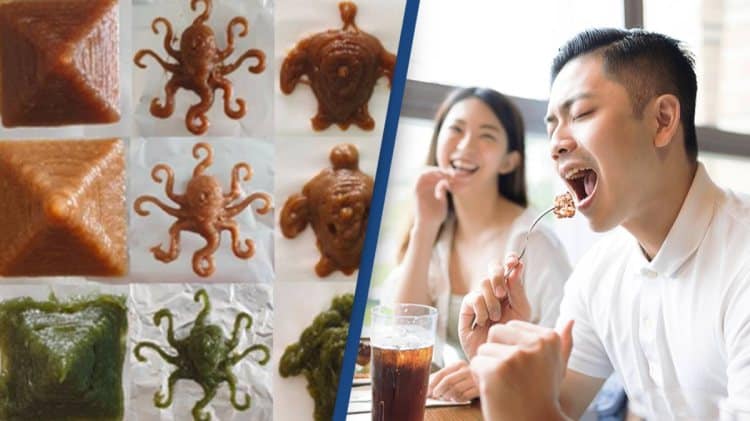Scientists 3D print food to solve future supply issues
Tue 09 Aug 2022
You may want to rethink food because scientists are working on 3D-printed grub, a team of scientists based in Singapore have been looking for ways to deal with future food supply problems and decided to just print some.
So the group of scientists came up with a way of making the idea of chowing down on insects a little more palatable.
Rather than eating crickets or larvae by themselves, they decided to combine them with more commonly-eaten vegetables like carrots to change the flavour.
Professor Chua Chee Kai, from the Singapore University of Technology and Design (SUTD, is the co-author of the study.
He said, “The appearance and taste of such alternative proteins can be disconcerting for many. This is where the versatility of 3D food printing rises to the challenge as it can transform the way in which food is presented and overcome the inertia of consumer inhibitions.”
Prof Yi Zhang, the principal investigator from UESTC, said they hoped the study could encourage more people to consider alternative sources of food in the future.
“Alternative proteins may become our main source of protein intake in the future. This study proposes a systematic engineering approach to optimising food inks, thereby enabling easy creations and customisations of visually pleasing, flavourful and nutritionally adequate food enhanced with alternative proteins. We hope our work would encourage consumers to eat more of these unfamiliar, but sustainable food items,” said Prof Zhang.
Aakanksha Pant, the corresponding author of the paper and Research Associate from SUTD, added, “This research study can also be generalised for other food ingredients and the response of the food inks like texture, printability, water seepage may be included for optimisation.
“The response surface method approach may lead researchers to adopt a similar method for optimising 3DFP food inks constituting complex multicomponent food ingredients.”
Source: Agencies 3D printing food scientist 3D printing food scientist

 Apr 18 2024
Apr 18 2024












